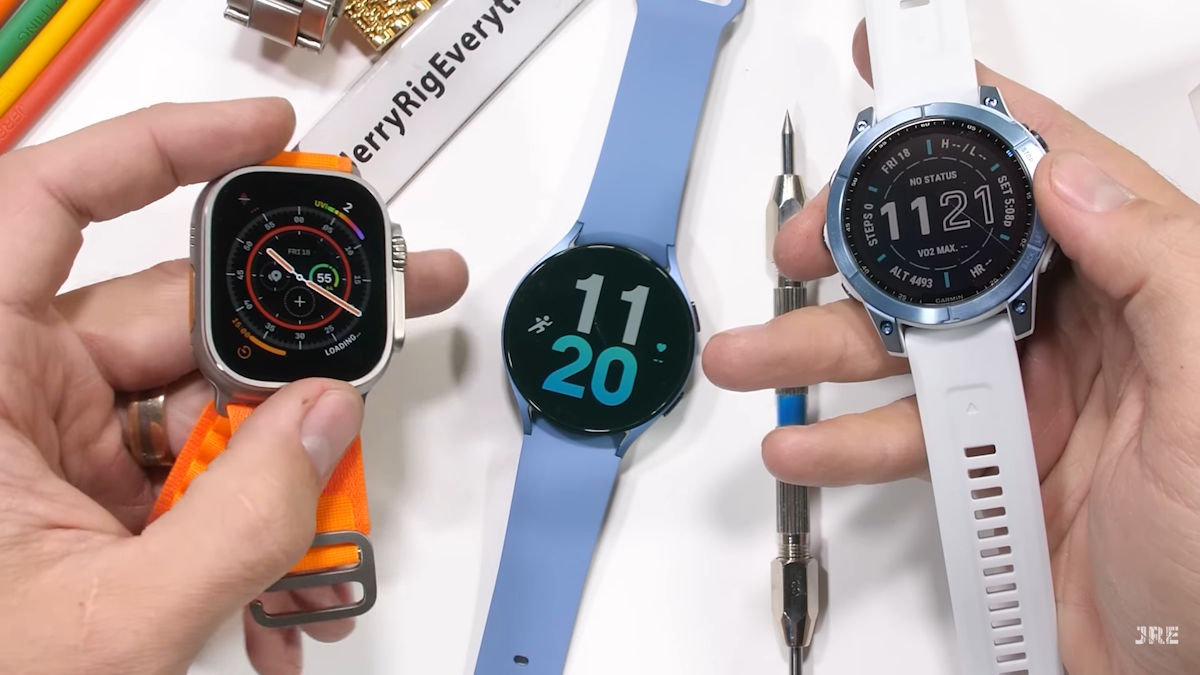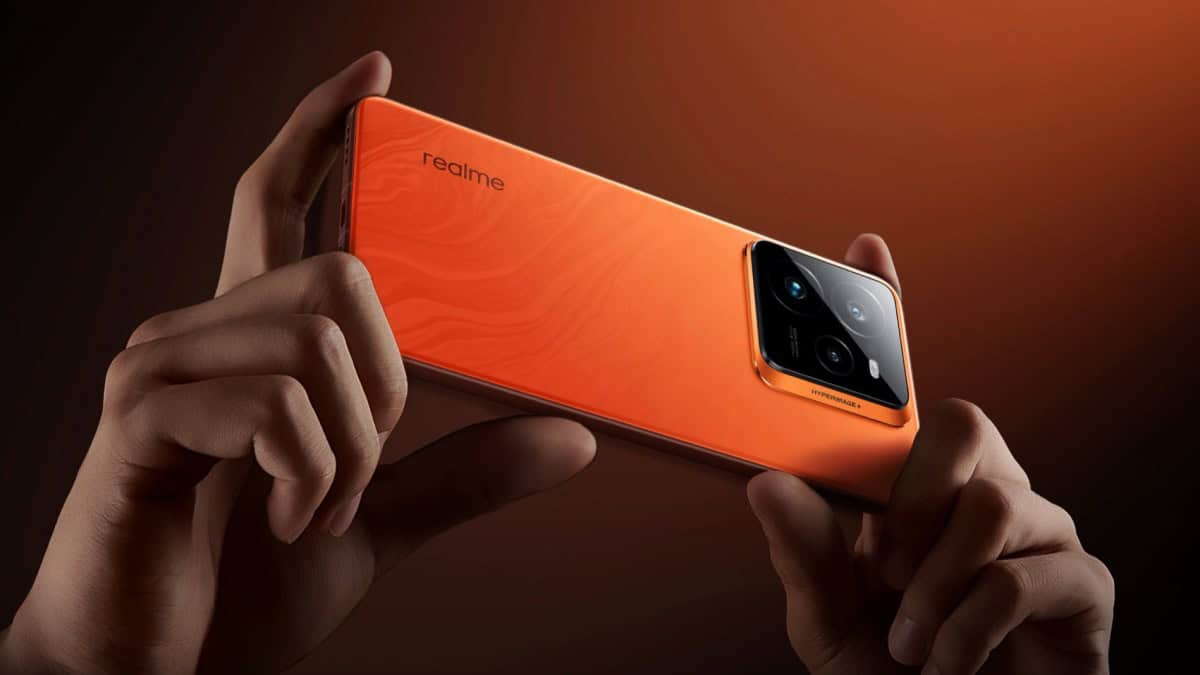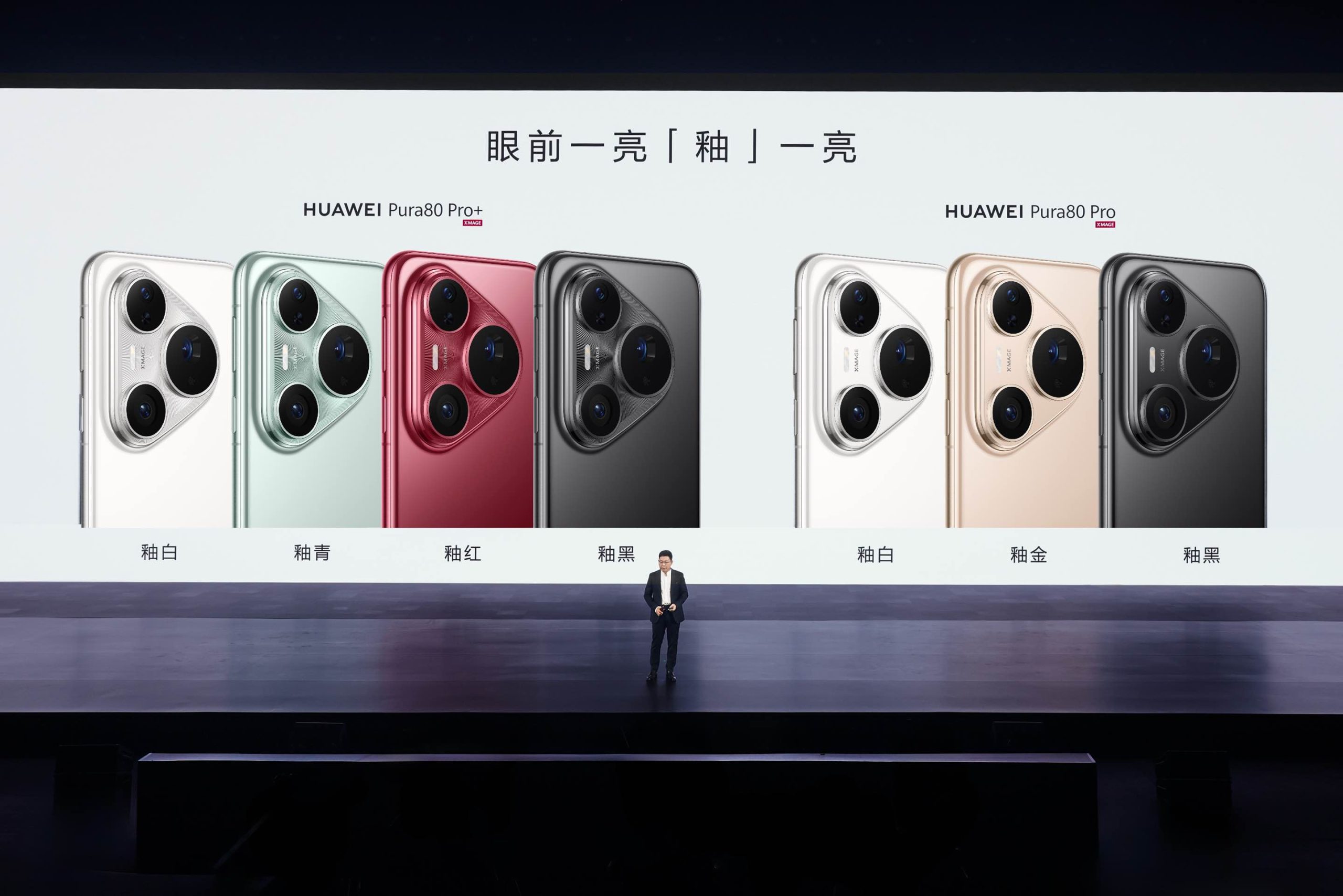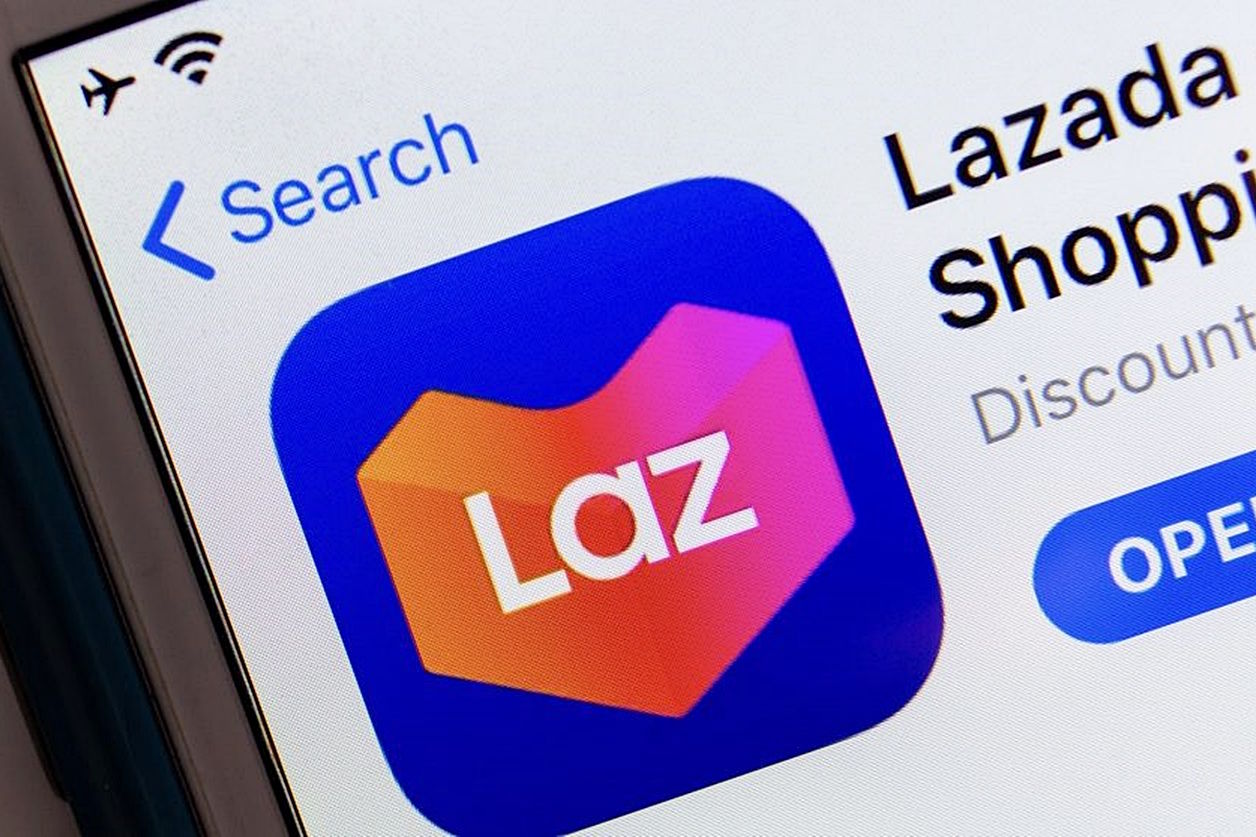
Global smartwatch shipments experienced a decline of 2% when compared to the same period last year, specifically in the first quarter of 2025. This decrease marks the fifth consecutive quarter of declining shipments, indicating a sustained trend rather than a temporary dip, as reported by Counterpoint Research’s Global Smartwatch Shipments Tracker for Q1 2025.
The primary factors contributing to this global downturn include a significant slowdown in India’s previously booming smartwatch market, which had been a major growth driver in recent years. Additionally, there was a noticeable reduction in sales of the Apple Watch, which has historically dominated the smartwatch market and heavily influenced overall shipment numbers worldwide.
Conversely, the Chinese market demonstrated remarkable resilience and growth during this period. Shipments in China surged by an impressive 37% year-over-year, a substantial increase that bucked the global trend of declining sales. This surge elevated China’s share of the worldwide smartwatch market to its highest point since late 2020.
The robust performance in China can be attributed largely to strong local brands that have successfully tapped into domestic consumer demand. These companies have introduced budget-friendly options that appeal to a broad segment of the population, making smartwatches more accessible and attractive to first-time buyers. This strategic focus on affordability and localization has enabled Chinese manufacturers to gain significant market share, offsetting losses seen in other regions and contributing positively to the overall smartwatch industry landscape.
Global Smartwatch Shipments by OEM Share: Q1 2025 vs Q1 2024

Source: Global Smartwatch Shipments Tracker by Model, Q1 2025
Despite experiencing a year-over-year decline for the sixth consecutive quarter, Apple maintained its top position in the global market, fueled by its growing iOS user base. Following Apple, both Huawei and Xiaomi showed impressive shipment growth. Their resurgence was driven by strong domestic performance, a broader product portfolio, and competitive pricing strategies targeting the mid-to-premium segments. In contrast, Samsung saw a decline in its previous-generation models across all major markets, resulting in an 18% year-over-year drop in shipments for the quarter.
Commenting on regional performance, Senior Research Analyst Anshika Jain said, “China saw a 37% year-over-year shipment growth in Q1 2025, driven by strong performances from Huawei, Imoo, and Xiaomi.” These leading Chinese brands not only strengthened their foothold in the domestic market but also gained traction internationally, increasing competition for established global players.
“Among Chinese consumers, brand loyalty is reinforced by patriotic sentiment, government support, and the appeal of homegrown brands offering cutting-edge technologies and a diverse product range across all price tiers,” he said.
Global Smartwatch Shipments by Region Share: Q1 2025 vs Q1 2024

Source: Counterpoint Research Global Smartwatch Shipments Tracker by Model, Q1 2025
Commenting on market price bands, Research Analyst Balbir Singh said, “The global smartwatch market is experiencing a notable shift in consumer preferences. Consumers are gradually moving up the price ladder in pursuit of better features and long-term value. The $100-$200 price band saw a solid 21% growth in shipments, signaling rising demand for devices with better health and fitness capabilities. In contrast, the entry-level segment (below $100) saw a 17% decline, suggesting that consumers are increasingly willing to pay more for accuracy, reliability, and ecosystem compatibility.”
“The kids’ smartwatch segment continued to witness significant growth globally, with Imoo maintaining its leadership position driven by affordable, feature-rich offerings. China remained the largest contributor to kids’ smartwatch shipments, while other key regions, including North America, Asia Pacific and Europe, also experienced notable growth. The rise underscores growing parental concerns over child location tracking and postponing early smartphone use,” Singh added.
Commenting on the global smartwatch market outlook, Jain said, “The market is projected to recover at a modest pace in 2025, with growth projected to be in the region of 3%. This rebound will be shaped by evolving product capabilities, as manufacturers increasingly integrate AI features and next-generation health sensors into their devices. In parallel, progress toward regulatory approvals is paving the way for select smartwatches to function as certified medical-grade tools, expanding their use cases beyond lifestyle and fitness tracking. We are also observing a behavioral shift among consumers, who are increasingly prioritizing functionality, long-term value, and ecosystem integration over novelty alone. This trend is nudging the market toward more premium models, as users seek dependable devices that align with broader lifestyle, productivity and wellness goals.”




























